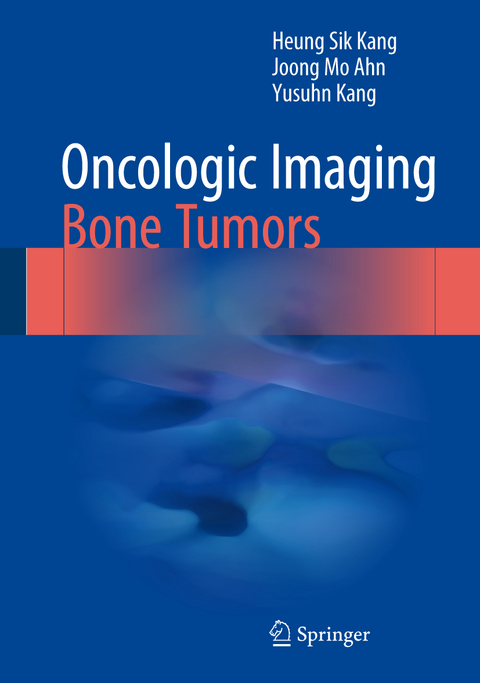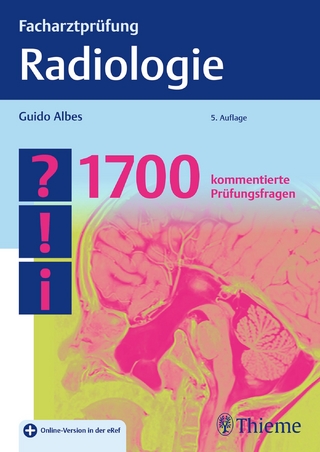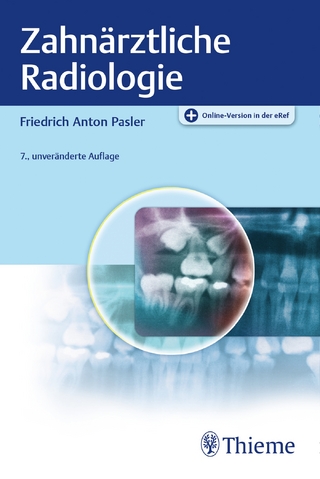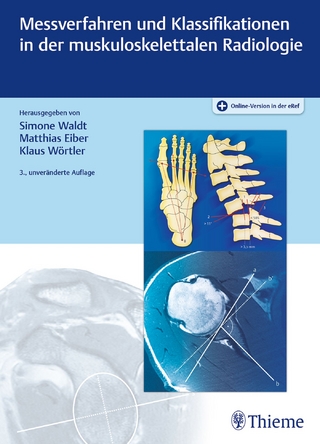
Oncologic Imaging: Bone Tumors
Springer Verlag, Singapore
978-981-287-702-4 (ISBN)
Heung Sik Kang, Department of Radiology, Seoul National University College of Medicine, Seoul National University Bundang Hospital, Seoul, Republic of Korea Joong Mo Ahn, Department of Radiology, Seoul National University College of Medicine, Seoul National University Bundang Hospital, Seoul, Republic of Korea Yusuhn Kang, Department of Radiology, Seoul National University College of Medicine, Seoul National University Bundang Hospital, Seoul, Republic of Korea
Part 1. Basic concepts and diagnostic parameters.- 1. Demographics.- Age.- Gender.- 2. Lesion location.- In the skeleton: Specific bones.- Axial/ Appendicular.- Within a specific bone.- Epiphysis/ Diaphysis/ Metaphysis.- Medullary space/ Cortex/ Juxtacortical.- 3. Biological activity (pattern of destruction).- Geographic.- Sclerotic margin (IA).- Well-defined border without sclerotic rim(IB).- Ill-defined border (IC).- Moth-eaten (II).- Permeated (III).- 4. Matrix mineralization.- Osteoid.- Chondroid.- Fibrous.- 5. Periosteal and endosteal reaction.- Continuous.- Shell-type.- Solid-type.- Single-layer lamellar.- Multi-lamellated (onion-skinning).- Interrupted.- Perpendicular.- Spiculated (hair-on end).- Sunburst.- Codman’s triangle.- Endosteal scalloping.- 6. Size and number of the lesions.- Part 2. WHO classification of bone tumor and specific radiologic features.- 1. Osteogenic tumors.- Benign: Osteoma, Osteoid osteoma, Osteoblastoma.- Malignant: Osteosarcoma.- 2. Chondrogenic tumors.- Benign: Osteochondroma, chondromas, Chondromyxoid fibroma, Subungualexostosis and bizarre parostealosteochondromatous proliferation, Chondroblastoma.- Malignant: Chondrosarcoma.- 3. Fibrogenic and fibrohistiocytic tumors.- Desmoplastic fibroma of bone, Fibrosarcoma of bone.- Non-ossifying fibroma/Fibrous cortical defect.- Benign fibrous histiocytoma of bone.- 4. Osteoclastic giant cell-rich tumors.- Giant cell tumor of the small bones, Giant cell tumor of bone.- 5. Hematopoietic neoplasms and small round cell tumors.- Plasma cell myeloma/ Solitary plasmacytoma of bone, Primary lymphoma of bone, Ewing’s sarcoma,- 6. Vascular tumors.- Haemangioma, Angiosarcoma.- 7. Others (Tumor-like lesions, Soft tissue type tumors..).- Simple bone cyst, Aneurysmal bone cyst, Fibrous dysplasia, Osteofibrous dysplasia, Langerhans cell histiocytosis, Intraosseouslipoma, Liposclerosingmyxofibrous tumor, Adamantinoma.- 8. Tumor syndromes.- Enchondromatosis: Ollier disease and Maffucci syndrome,McCune-Albright syndrome, Multipleosteochondromas.- Part 3. Practical pearls in the diagnosis of bone tumors.- Radiographic findings.- Intramedullary sclerotic bone lesions.- Cortical sclerotic bone lesions.- Geographic osteolytic lesion, sclerotic border, no intralesional matrix.- Geographic, osteolytic lesion, no sclerotic border, no intralesional matrix.- Expansileosteolytic lesion with pseudotrabeculation (Soap-bubble appearance).- Aggressive osteolytic lesions - Moth-eaten / Permeativeosteolytic lesion.- Mixed lytic and sclerotic lesions.- Chondroid matrix.- Osteoid matrix.- Pedunculated or sessile bony excrescences.- Juxtacortical/ Periosteal lesions.- 2. MRI characteristics.- Intralesional features.- Fat containing lesions.- T2 hypointense tumor matrix.- Fluid-fluid levels.- Flow voids.- Ancillary findings.- Soft tissue extension.- Intralesional or peritumoral edema.- 3. “Look like anything” lesion.- Part 4. Drill and practice: image interpretation session.
| Zusatzinfo | 27 Illustrations, color; 162 Illustrations, black and white; XI, 382 p. 189 illus., 27 illus. in color. |
|---|---|
| Verlagsort | Singapore |
| Sprache | englisch |
| Maße | 178 x 254 mm |
| Themenwelt | Medizin / Pharmazie ► Medizinische Fachgebiete ► Onkologie |
| Medizinische Fachgebiete ► Radiologie / Bildgebende Verfahren ► Radiologie | |
| Medizin / Pharmazie ► Studium ► 1. Studienabschnitt (Vorklinik) | |
| Studium ► 2. Studienabschnitt (Klinik) ► Pathologie | |
| Naturwissenschaften ► Biologie ► Biochemie | |
| Schlagworte | Bone Tumors • Diagnosis of bone tumors • Diagnostic Parameters • Imaging findings • Radiologic features |
| ISBN-10 | 981-287-702-9 / 9812877029 |
| ISBN-13 | 978-981-287-702-4 / 9789812877024 |
| Zustand | Neuware |
| Informationen gemäß Produktsicherheitsverordnung (GPSR) | |
| Haben Sie eine Frage zum Produkt? |
aus dem Bereich


